6 Surprising Causes Of Acne
By naturopath Margaret Jasinska
Acne is a skin condition that creates stress and embarrassment for many people. It is most common in teenagers; however you certainly don’t have to be a teenager to suffer with this problem. You can be in your 30s, 40s or even older and still struggle with acne.
There is a great deal of debate over whether acne is caused by hormones or diet. The answer is acne can be caused by both, plus many other things. Certainly your hormone levels will determine the look of your skin, but what determines your hormone levels? Your diet and your overall state of health.
There are several other, less well known causes of acne, which I will reveal to you now.
A high glycaemic load diet
Bread, pasta, rice, sugar and foods that contain flour are all common acne culprits. This is because these foods are rapidly digested into sugar in your body and consequently result in a rapid rise in blood sugar. The rise in blood sugar triggers your body to produce insulin and insulin-like growth factor 1 (IGF-1).
These hormones tell your body to produce more male hormones, which encourage pores in the skin to secrete large quantities of sebum. Sebum is a greasy substance that acne promoting bacteria love. IGF-1 also promotes skin cells called keratinocytes to multiply; further encouraging acne.
We know that overproducing insulin and IGF-1 can promote weight gain and raise the risk of type 2 diabetes, but many people are not aware of the relationship between these hormones and acne. When IGF-1 is used to treat people with a condition called Laron syndrome, they experienced a spike in male hormones, followed by acne. Metformin is an insulin-blunting drug used to treat insulin resistance, and it is known to curb acne in women with polycystic ovary syndrome, a condition in which too much insulin is secreted.
There is a low glycemic load eating plan in Dr Cabot’s book I can’t lose weight and I don’t know why.
A sluggish liver
Your liver acts as a filter. It literally cleanses your bloodstream of the toxins you are exposed to each day, and the waste products of metabolism that your body generates each day. If your liver is not able to detoxify your bloodstream adequately, toxins must find an alternative route of excretion. Typically this is the skin.
Acne is very common in people with a sluggish liver and lazy bowel. The good news is this is usually easy to remedy. Please make sure you are following the dietary principles in the book The Liver Cleansing Diet.
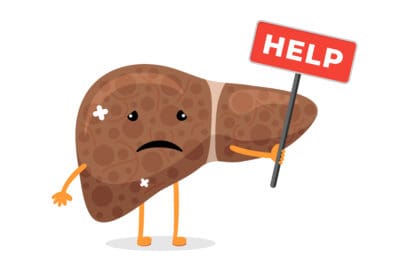
Bowel toxicity
This usually accompanies a sluggish liver. Your liver dumps toxins into the bile, which is transported into the gallbladder and then into the intestines. If your intestines are eliminating wastes effectively, you will excrete them via bowel motions. Ideally you would have between one and three bowel motions each day. Many people do not achieve this, or their bowel actions are not thorough.
If this is the case for you, a great number of toxins will be allowed to recirculate through your body. Consuming plenty of fibre in your diet will help to trap the toxins as they travel through your bowel and carry them out of your body. The insoluble fibre in fruit and vegetables helps to soften the stool and allow an easier passage out of your body. Nuts and seeds, particularly flaxseed and chia seeds are also helpful.
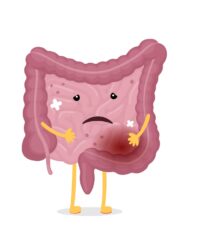
You can improve the ability of your gut and liver to eliminate toxins by completing Dr Cabot’s 15 Day Cleanse. The 3 supplements included will improve the health of your liver, immune system and digestive system. A healthy and delicious eating plan is included to get you on the right track with healthy eating.
Dairy products
If you suffer with acne, you may want to give dairy products a miss. They are a potent source of hormones. Breast milk is naturally very high in hormones, and modern dairy farming practices have resulted in exceedingly high levels of hormone residues in cow’s milk.
Consuming dairy products also promotes increased production of insulin and IGF-1 in your body. The whole purpose of milk is to stimulate rapid growth; that’s why babies drink it. If you are drinking milk as an adult, you are promoting all the wrong hormones in your body.
Allergies
We don’t usually associate acne with food allergy or intolerance, but it is a common manifestation of food sensitivities. If you regularly eat a food you unknowingly have a sensitivity to, this creates an enormous amount of inflammation in your body. Inflammation can worsen insulin resistance, weaken the immune system and make you more prone to bacterial infections.
Identifying allergens can be a challenge, but the most common offenders are gluten, dairy products, soy, corn, eggs and nuts. You may need to see a naturopath to help you identify your particular problematic foods.
Mites that live on your skin can cause acne
I’ve purposely left this point to last, so you can stop reading now if you’re squeamish! Acne rosacea is a type of acne that usually affects women over the age of 30 and causes redness and bumps over the nose and cheeks. Recent research has shown that Demodex mites may be partly responsible for this skin condition. These mites live on the skin of 20% to 80% of adults. The tiny bugs are invisible to the naked eye.
Poor health (caused by poor diet, stress, lack of sleep, etc.) can cause these mites to multiply and reach pathological levels. Research shows that people with rosacea have more than 10 times as many Demodex mites on their skin as people without the condition. The problem is, when these mites die, they release bacteria into the skin. The bacteria trigger an immune reaction that causes redness and inflammation of the skin. So it’s not the mites themselves that are harmful, but rather the bacteria inside them.
However, the underlying message is to improve the state of your health, because in healthy individuals the mites are never allowed to overgrow to such extreme levels. Acne is an incredibly common problem that is not always simple to overcome. Hopefully the points above will offer you some help.


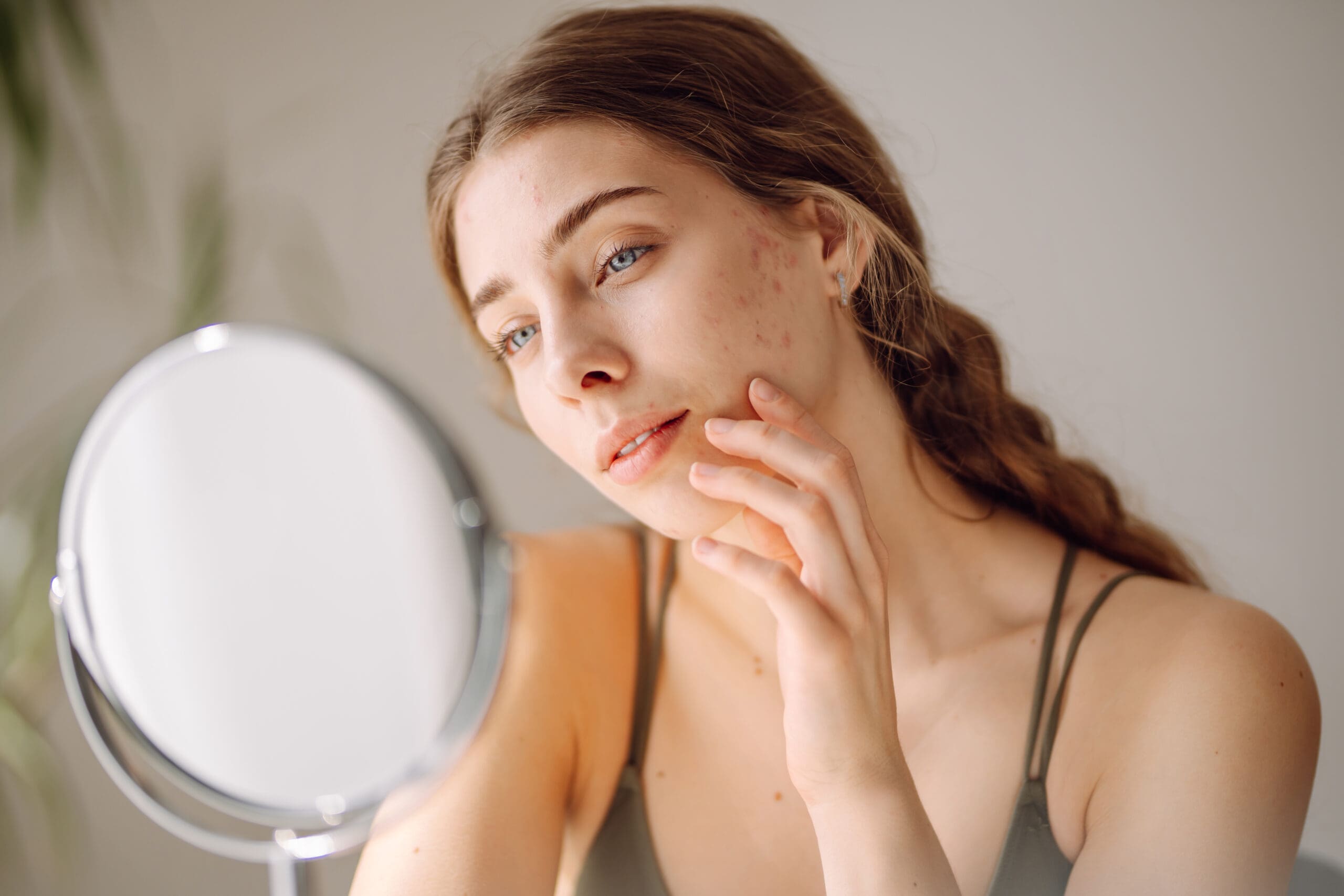

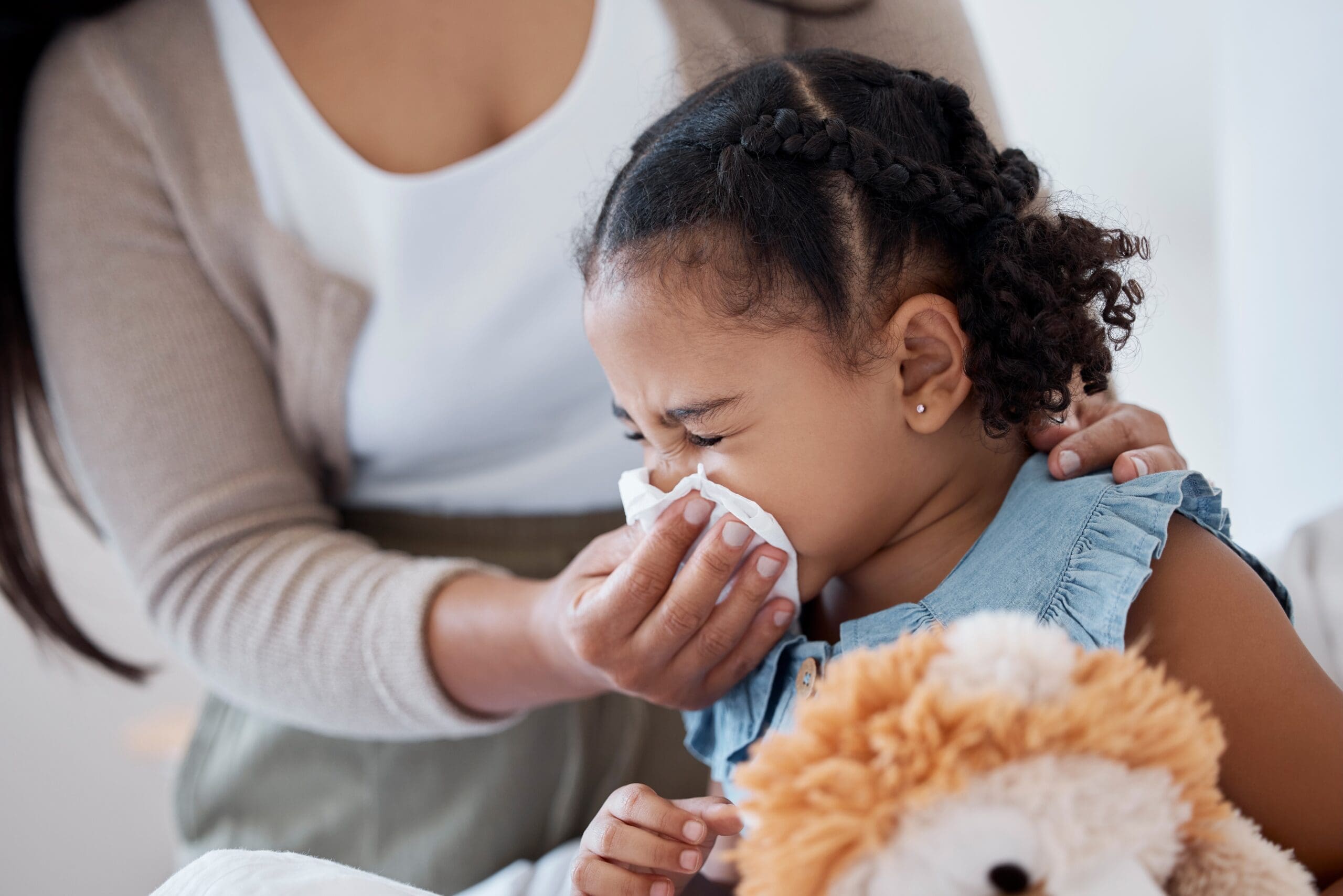
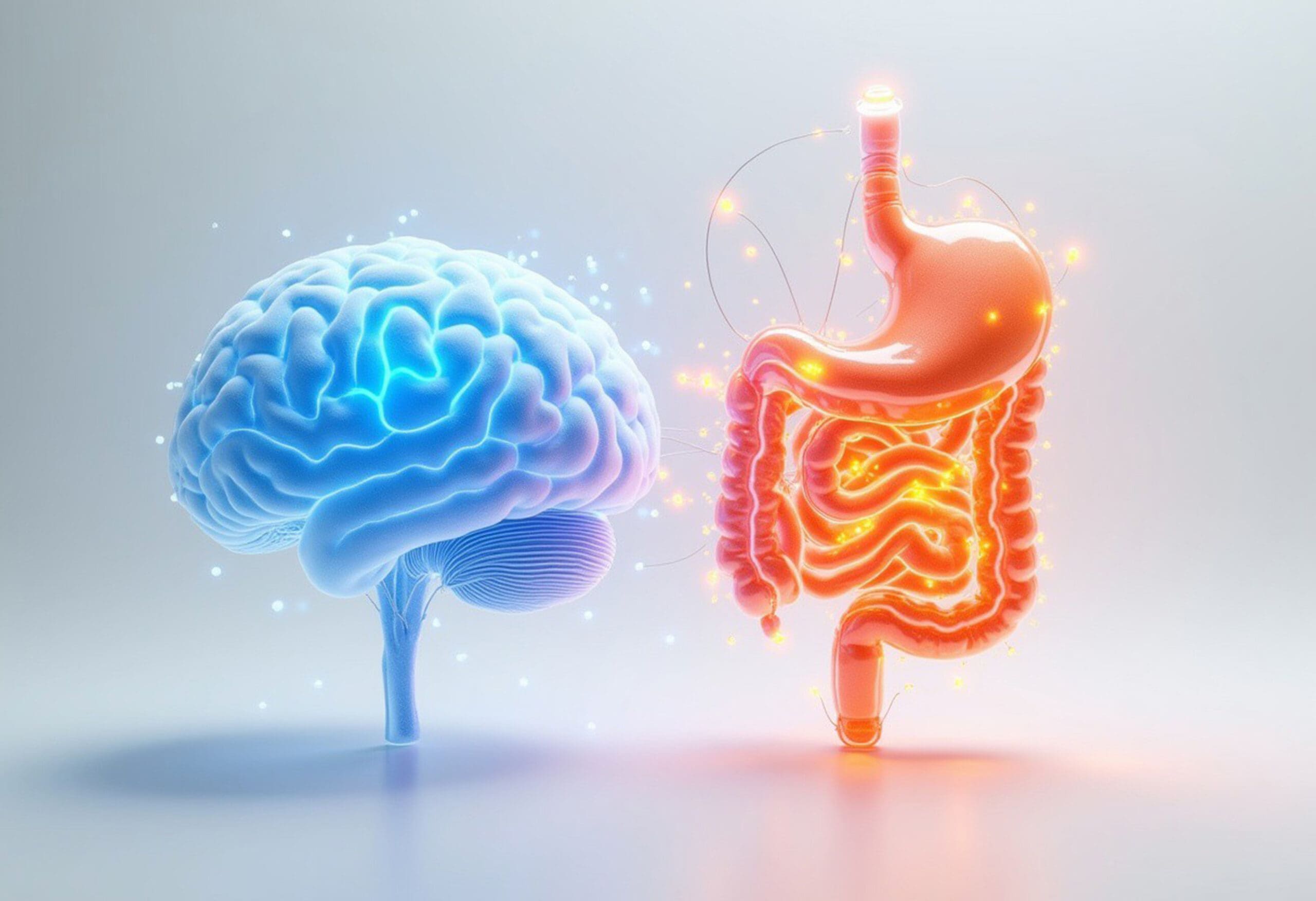
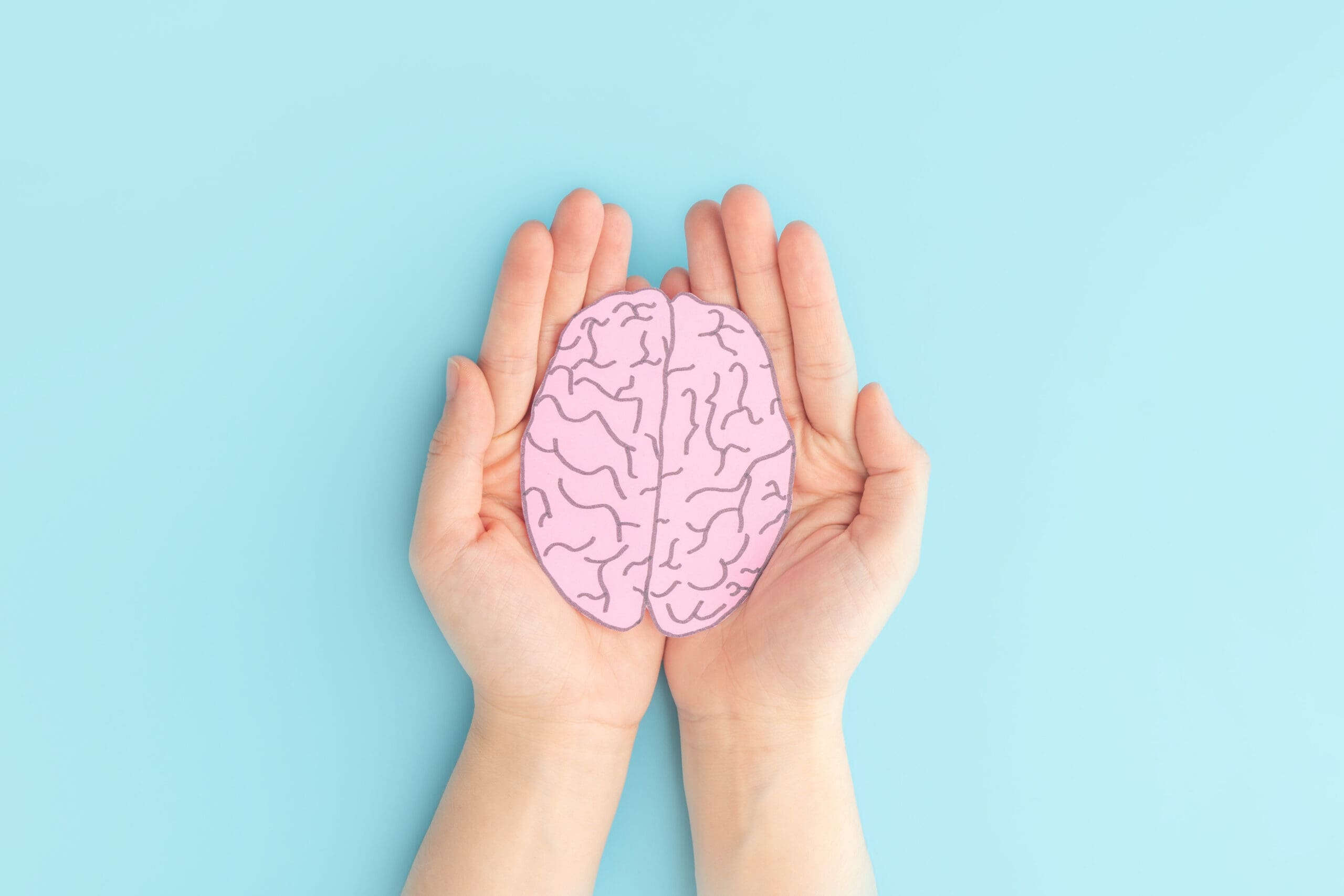
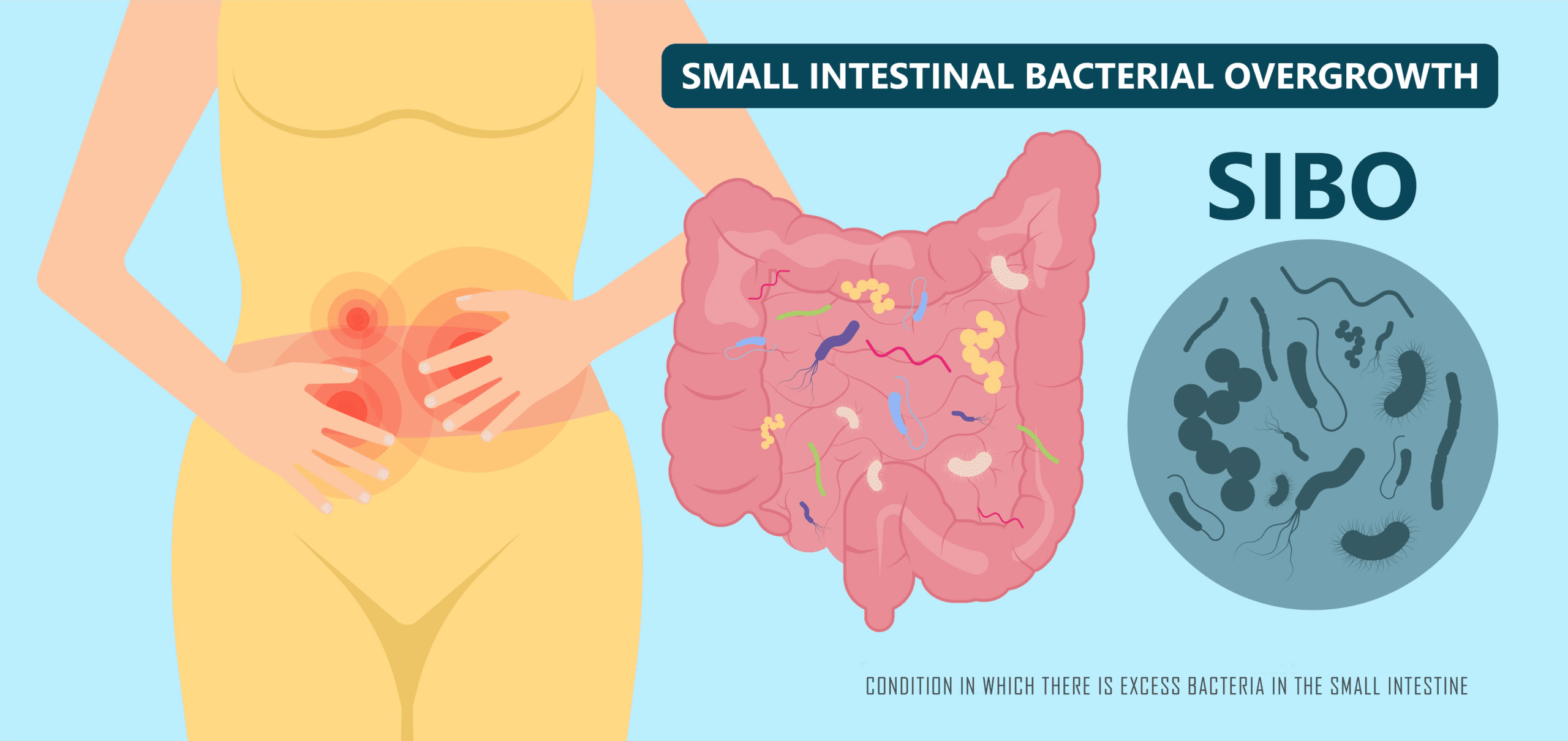
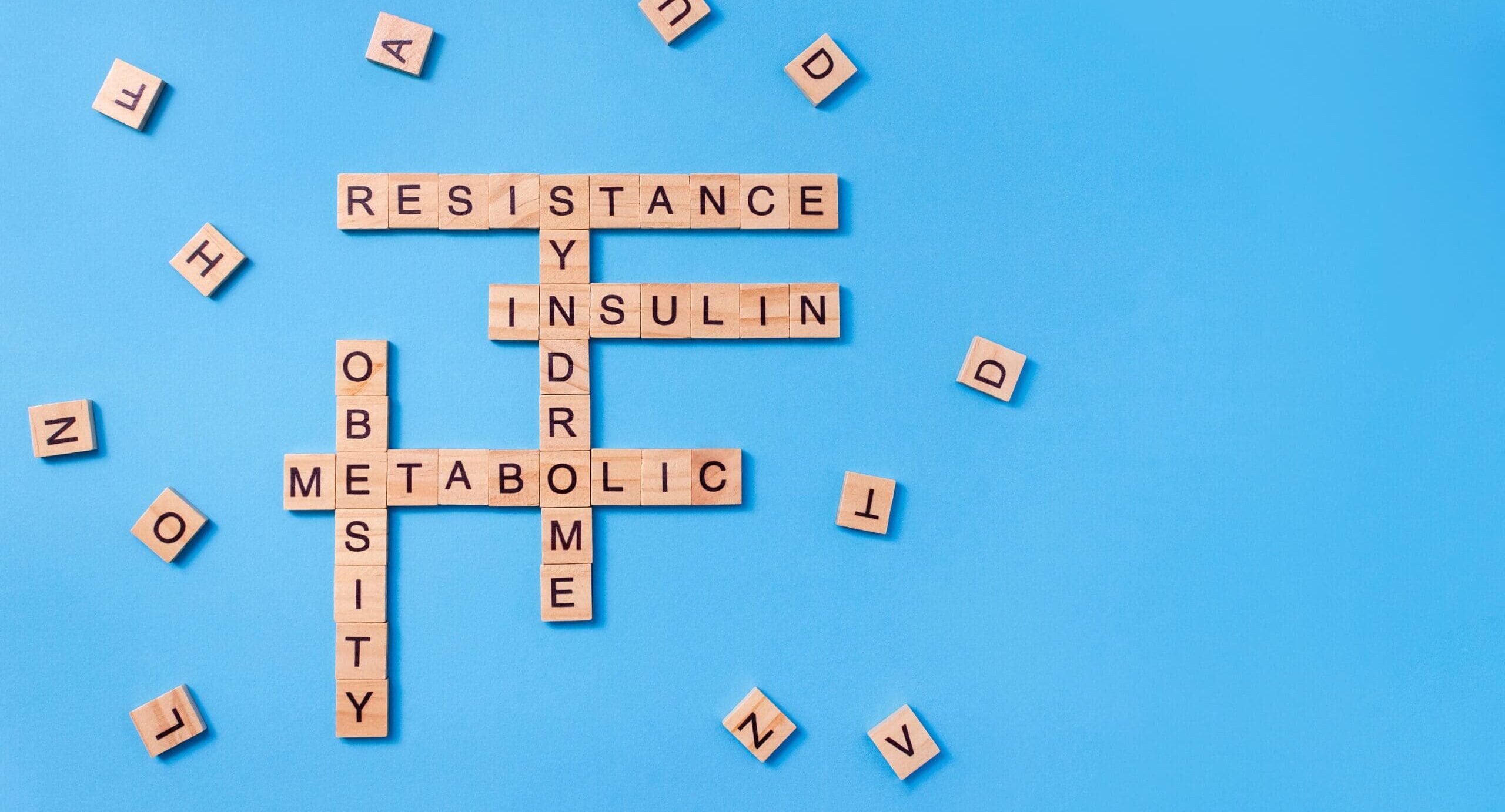
Leave A Comment